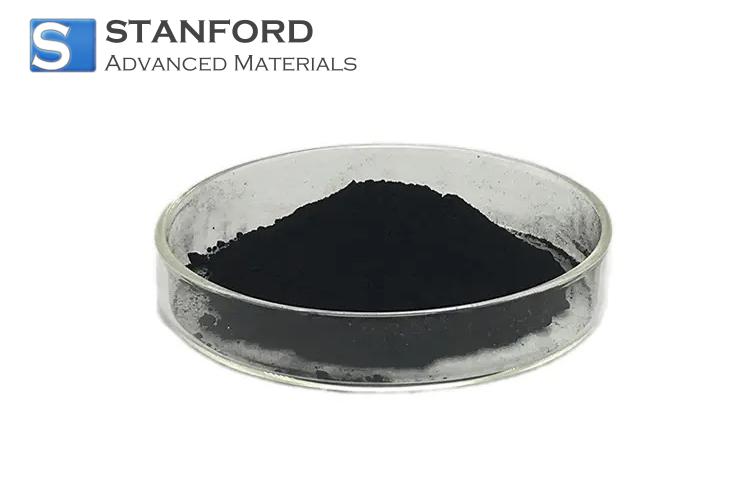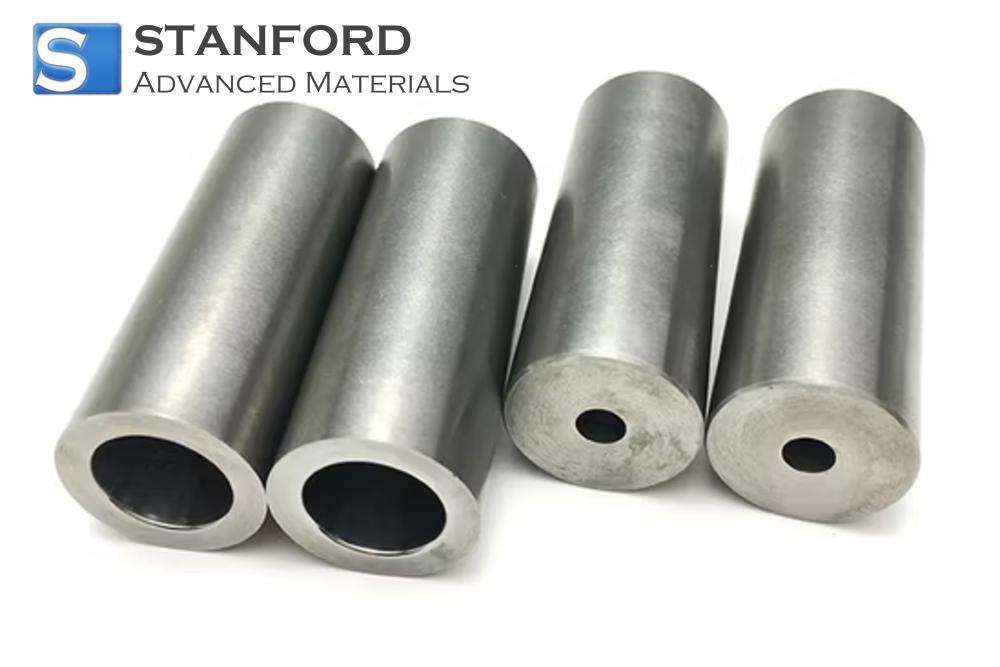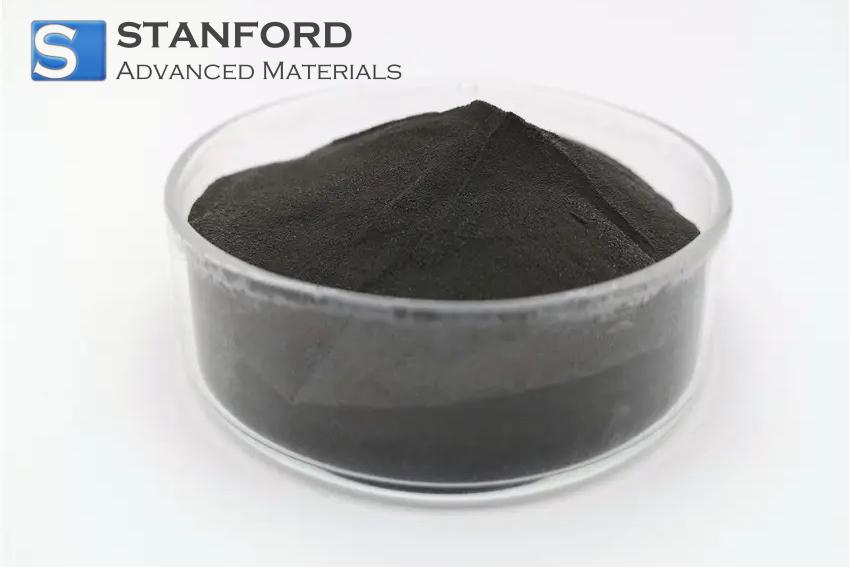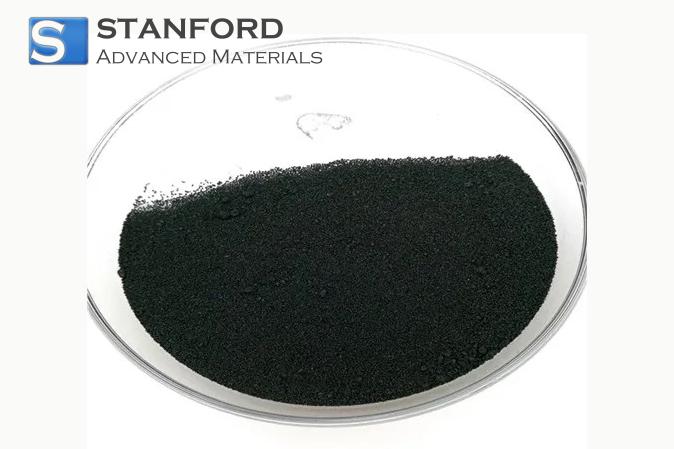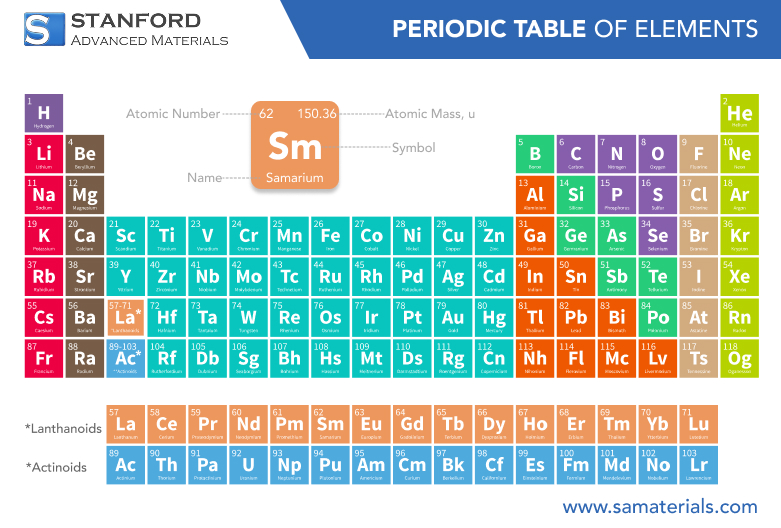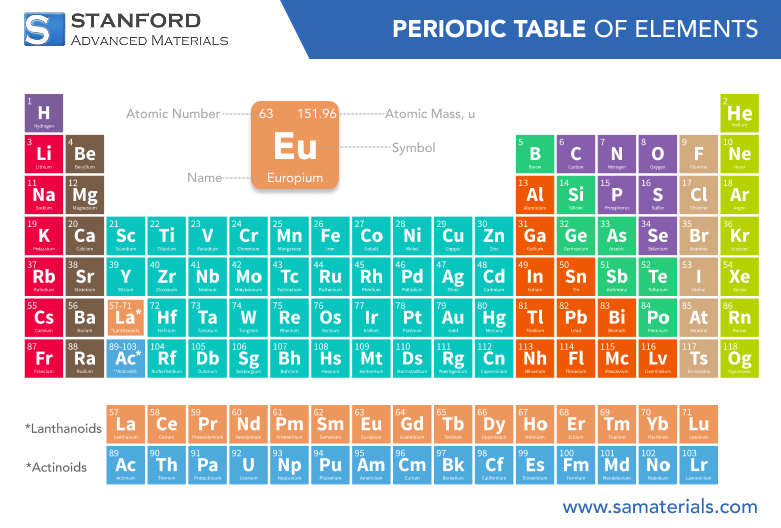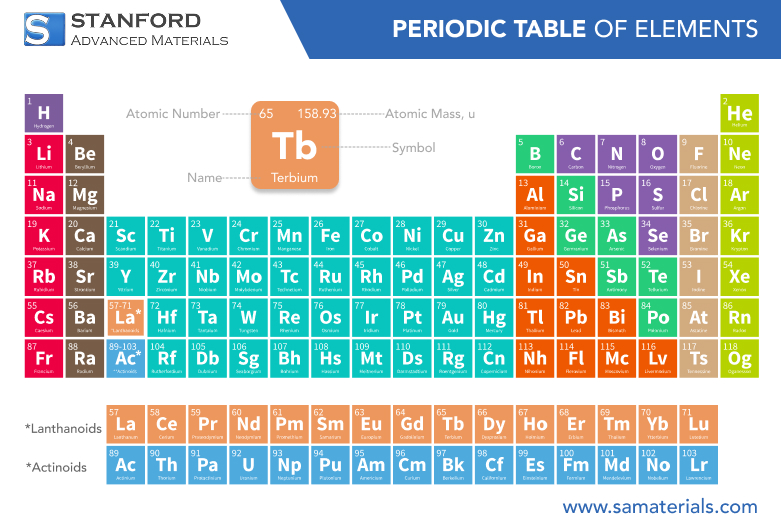Gadolinium: Element Properties and Uses
Description
Gadolinium is a rare-earth metal with unique chemical and physical traits. It is integral to MRI imaging, nuclear applications, and industrial products.
Introduction to the Element
Gadolinium is a member of the lanthanide series and stands out as a remarkable element among rare-earth metals. First identified in the late 19th century, gadolinium has captured the attention of scientists due to its unusual magnetic properties and versatility in various high-tech applications.
Chemical Properties Description
The chemical properties of gadolinium reveal a metal that is highly reactive under specific conditions. In its pure form, gadolinium is not found naturally but is extracted from minerals such as monazite and bastnasite. When exposed to air, it quickly forms a protective oxide layer, predominantly gadolinium(III) oxide (Gd₂O₃), which stabilizes its surface.
Gadolinium is known for its paramagnetic nature; it becomes strongly magnetic only in the presence of an external magnetic field. This characteristic is particularly useful in medical imaging, where its ability to enhance contrast in magnetic resonance imaging (MRI) has made it indispensable.
Physical Properties Data Table
Property | Value | Units |
Atomic Number | 64 | – |
Atomic Weight | 157.25 | g/mol |
Density | ~7.9 | g/cm³ |
Melting Point | 1313 | °C |
Boiling Point | 3273 | °C |
For more information, please check Stanford Advanced Materials (SAM).
Common Uses
Gadolinium’s unique properties have led to a variety of common uses across different fields. In medicine, gadolinium-based compounds are commonly used as contrast agents in MRI scans, significantly improving the quality of diagnostic images.
Beyond healthcare, gadolinium finds applications in the field of nuclear energy, where it is used in control rods due to its high neutron absorption capacity.
Additionally, its magnetic characteristics make it useful in the manufacturing of high-performance magnets and in various electronics. Researchers also incorporate gadolinium in the production of advanced materials and in the development of certain types of lasers.
Preparation Methods
The preparation methods for gadolinium involve several intricate steps designed to obtain a pure and functional metal. Initially, gadolinium is separated from its naturally occurring ores through techniques such as solvent extraction and ion exchange. The isolated compound is usually in the form of gadolinium oxide. Subsequent reduction processes, often using a metallothermic reaction with calcium or other reducing agents, convert the oxide into metallic gadolinium.
Frequently Asked Questions
What are the primary applications of gadolinium?
Gadolinium is mainly used in MRI contrast agents, nuclear reactor control
systems, and various high-performance magnetic applications.
How is gadolinium extracted from its ores?
The element is separated from minerals like monazite and bastnasite using
solvent extraction and ion exchange, followed by reduction processes.
What makes gadolinium suitable for MRI imaging?
Its strong paramagnetic properties enhance image contrast, making it an
effective contrast agent in MRI scans.
Are there any safety concerns associated with gadolinium use?
When used in approved formulations, gadolinium compounds are safe; however,
improper use or accumulation in the body may lead to health issues.
In which industrial products is gadolinium commonly found?
Gadolinium is integral to the production of specialized alloys, ceramics,
luminescent materials, and nuclear reactor components.

